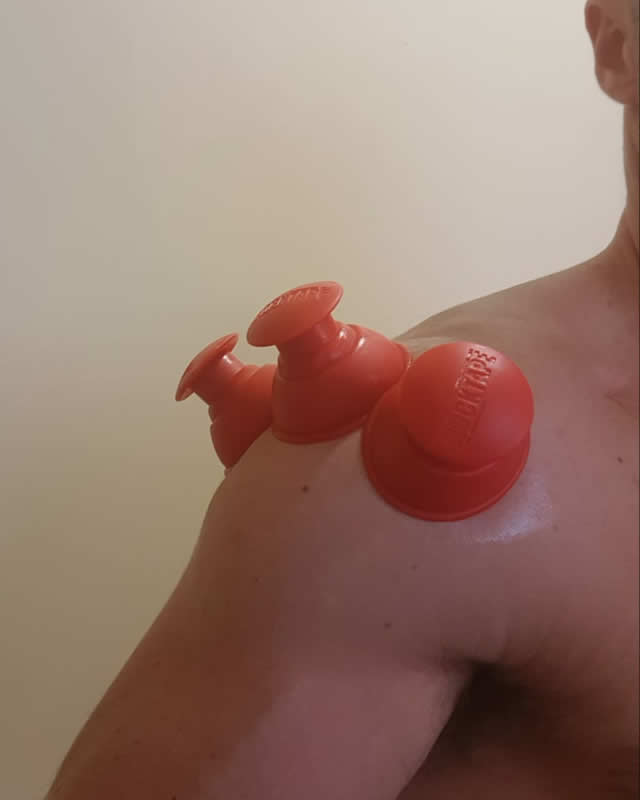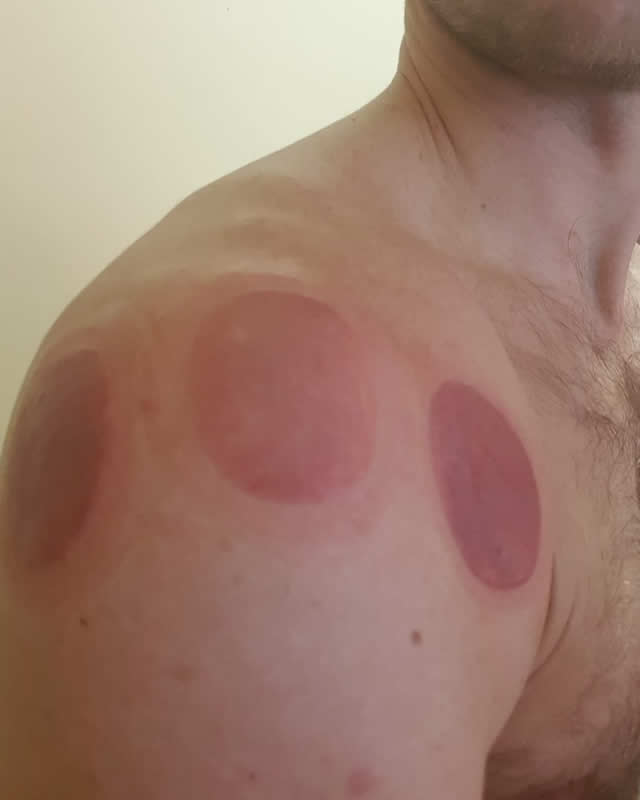What is cupping therapy?
Cupping therapy is an ancient form of alternative therapy. Placing special cups onto the skin for a few minutes to create a suction effect. This suction causes decompression that helps with reducing pain and inflammation. It also improves blood flow, relaxation and general well-being. It is reported as being as old as 5,000 years by Imhotep the "god of medicine" and was adopted by Hippocrates.
Different types of cupping
There are 4 main types:
- Flash cupping - fast application and removal of cups in order to create pain relief. This is without leaving the associated red circles on traditional cupping.
- Dry (static) cupping - probably the most popular method of cupping used. This is where cups are placed on problematic areas of the body and left for a few minutes. This decompresses the affected areas.
- Massage cupping - this is where the cups are applied and then moved around the body. This creates a massage effect as the cups draws the tissue up into the cup.
- Wet cupping - this is an Arabic method where the therapist slices the skin after cupping. This removes the blood that has been drawn into the cup. I will NOT be doing this!!

Cupping suction cups applied to the shoulder

Red circles associated with cupping
What are those red/purple circular marks?
Flash and massage cupping generally do not leave these marks. This is because they're not applied to a specific area for long enough to cause bruises. It is more commonly found with the dry/static method. The dry/static method can leave dark red circles on the body where a negative pressure is caused. This results in capillary dilation or more commonly known as bruising. However, these are not actually bruises as there is no direct trauma being applied to the body, it is called ecchymosis.
What does the bruising mean?
Generally speaking the ecchymosis that occurs on the body will be exaggerated over more dysfunctional (painful) tissues. This is because there is more stagnation is these tissues. This ecchymosis is like a major catalyst to the healing response of the body. Depending on the colouration of the ecchymosis it can last a few days to a week.
Is cupping painful?
No, generally cupping is pain free. Despite what looks like severe bruising these "bruises" are 100% pain-free to touch compared to a typical impact bruise. You can feel tightness in the area where the cup has suctioned the tissue during the treatment. It is very rarely painful. This means that it is great option with a fresh injury that's very tender. It is also great for anyone who struggles dealing with the discomfort with traditional sports massage. Normal sports massage techniques are compressive remedies meaning applying pressure to the tissue to change it mechanically so it can be painful. Cupping is decompressive so the reduction in pressure is pain relieving.
How does cupping work?
More research in cupping is still needed but the main mechanism is mechanical decompression. This is where the layers of tissues are lifted allowing better blood and lymph flow to the affected areas. This may also help reduce pressure on the nerve endings. Neuro-chemical effects are reported to respond to the mechanical stimulation, reducing the pain response. Neuro-sensory effects improve body awareness improving tactile acuity, perception and control. These are posh terms for saying you will move better and coordinated.

